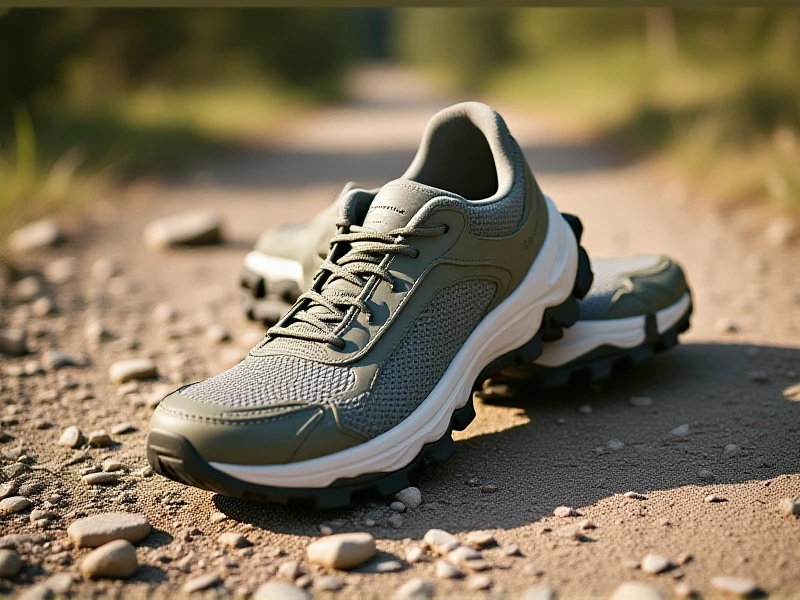
Find Your Perfect Fit: A Runner's Guide to Choosing Running Shoes
Finding the right pair of running shoes is the single most important investment you make before hitting the pavement. Ill-fitting shoes aren't just uncomfortable; they significantly increase your risk of injury. This guide cuts through the noise, helping you find running shoes that support your unique stride and goals.
Comfort is King (and Queen): Forget breaking shoes in; modern running shoes should feel comfortable immediately. Your heel should sit snugly without slipping, and there should be ample space (about a thumbnail's width) between your longest toe and the shoe's front. Your foot shouldn't slide side-to-side either.
Know Your Arch & Your Gait: Understanding whether you have high, neutral, or low arches (flat feet) is crucial. Pronation – how your foot naturally rolls inward – also matters. Neutral runners benefit from structured cushioning. Overpronators need shoes with stability or motion control features. Supinators (underpronators) require highly cushioned, flexible shoes for shock absorption. Can't determine your gait? Visit a reputable running store for a gait analysis. Many specialty shops offer this free service.
Prioritize Performance Features:
- Cushioning: Levels range from maximal (plush) for impact protection to minimal for ground feel. Match this to your distance, weight, and preferences.
- Drop: The height difference between heel and toe (measured in mm). Higher drop (8-12mm) is common, lower drop (0-6mm) promotes a more natural footstrike but requires adaptation. Stick to what feels natural unless gradually transitioning.
- Purpose: Are you logging daily road miles? Trail running demands aggressive lugs and extra protection. Speedwork shoes are generally lighter.
Understand Your Running Terrain:
- Road Running Shoes: Optimized for pavement, offer smooth rides and ample cushioning.
- Trail Running Shoes: Feature aggressive outsoles for grip, protective plates, and often water-resistant uppers.
- Cross-Training/All-Purpose: Versatile but not specialized for optimal running performance daily.
Weight Matters: Lighter running shoes often enhance speed, but may sacrifice cushioning and durability. Heavier shoes offer superior protection for longer runs or heavier runners. Find your balance.
Replace Them Regularly: Running shoes lose cushioning and support over time. Experts typically recommend replacing them every 300-500 miles, depending on your weight, running style, and the shoe model. Ever notice niggling aches starting? Your shoes might be crying out for retirement.
Pro Tips:
- Shop Later: Feet swell during the day.
- Wear Running Socks: Bring the type you run in for an accurate fit.
- Consider Width: Brands offer different width options (D is standard, B/N is narrow, 2E/4E is wide).
- Rotate Pairs: Using two different running shoes can slightly alter impact points and extend both pairs' life.
Investing time in selecting the perfect running shoes pays enormous dividends in comfort, performance, and injury prevention. Don't settle. Your feet – and your runs – deserve the best support. Have you discovered your ideal running shoe yet?